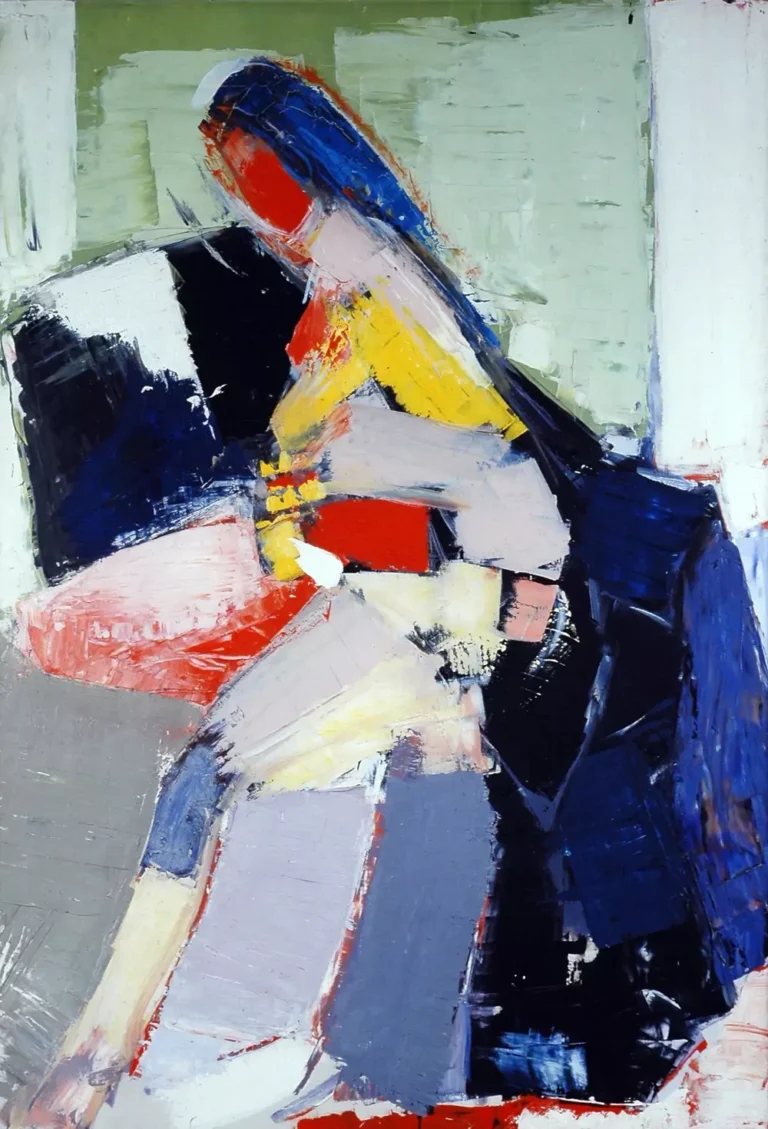Looking for a muse? Check no further. Discover the Best of Art, Culture, History & Beyond!

Edgar Degas (1834–1917) remains one of the most influential artists of the 19th century, known for his innovative compositions, dynamic portrayals of movement, and deep exploration of contemporary life. Though often associated with the Impressionist movement, Degas saw himself as an independent artist, blending classical techniques with modern subjects. His fascination with ballet dancers, horse races, and everyday Parisian life captured a world in transition, making his work timeless and revolutionary.
A Reluctant Impressionist
Although often categorized as an Impressionist, Degas did not fully embrace the movement’s emphasis on painting outdoors (plein air) or capturing fleeting light effects. Unlike Monet or Renoir, he was more interested in structured compositions, sharp contours, and the use of artificial lighting. Degas preferred to be called a “realist” or a “modern painter”, as his focus was on contemporary subjects rather than traditional historical or religious themes.
Despite his reservations, he exhibited alongside the Impressionists in their independent shows, contributing some of the most striking works in their exhibitions. He shared their fascination with modern life but pursued it in his own meticulous way, often sketching endlessly before committing to paint.
The Ballet Dancers of Paris
One of Degas’ most iconic subjects is the world of ballet. From rehearsals to backstage moments, Degas captured the grace, struggle, and raw effort behind the illusion of effortless performance. His paintings and pastels, such as The Dance Class (1874) and Dancers Practicing at the Barre (1877), provide a glimpse into the lives of young ballerinas, often showing them in moments of exhaustion or preparation rather than during grand performances.
Degas’ fascination with ballet was not purely aesthetic. He was intrigued by the discipline, repetition, and physicality of dance, which mirrored his own approach to art. His works often depict the ballerinas from unconventional angles—cropped compositions, unusual perspectives, and asymmetric framing—reflecting his interest in Japanese prints and photography.
Capturing Movement and the Influence of Photography
Degas was among the first painters to be deeply influenced by photography. The invention of the camera changed how artists perceived movement, and Degas incorporated this new perspective into his work. Unlike traditional academic painters, who sought idealized, posed compositions, Degas embraced the spontaneity of real life. His paintings often show figures in mid-motion—ballet dancers stretching, racehorses galloping, or women adjusting their hats.
The influence of photography is evident in the way Degas cropped his paintings, cutting off figures at the edges, a technique that was unconventional at the time. This made his compositions feel more immediate and modern, as if the viewer had stumbled upon a fleeting moment in time.
The Parisian Everyday: Cafés, Women, and Modern Life
Degas was also deeply interested in depicting contemporary Parisian life. His paintings and pastels of women engaged in everyday activities—bathing, combing their hair, sitting in cafés—offer an intimate and sometimes unfiltered look at the world around him. Works like L’Absinthe (1876) show the isolation and detachment of modern city life, capturing the loneliness that could exist amid the bustling Parisian cafés.
His series of women bathing and grooming, such as Woman Combing Her Hair (1885–1887), reflect an unidealized view of the female form. Unlike the romanticized nudes of earlier centuries, Degas’ women are caught in unguarded moments, depicted with a raw honesty that some critics found unsettling at the time.
The Darkening Years: Late Life and Blindness
In his later years, Degas became increasingly reclusive. As his eyesight deteriorated, he moved away from painting and focused on sculpture and pastels, where he could work with broader forms and textures. His most famous sculpture, Little Dancer of Fourteen Years (1881), was revolutionary in its time, presenting a working-class ballet student in a strikingly naturalistic pose.
Despite his growing blindness, Degas continued to create until his final years, retreating from public life and immersing himself in his art. He passed away in 1917, leaving behind a body of work that transformed how movement, composition, and modern life were captured on canvas.
Degas’ impact on modern art is immeasurable. His innovative techniques influenced generations of artists, from the early modernists to contemporary painters. His ability to merge classical discipline with the spontaneity of modern life set a new standard for artistic expression. Today, his works remain among the most beloved and studied in museums worldwide, a testament to his genius and enduring vision.

This article is published on ArtAddict Galleria, where we explore the intersections of art, history, and culture. Stay tuned for more insights and discoveries!



